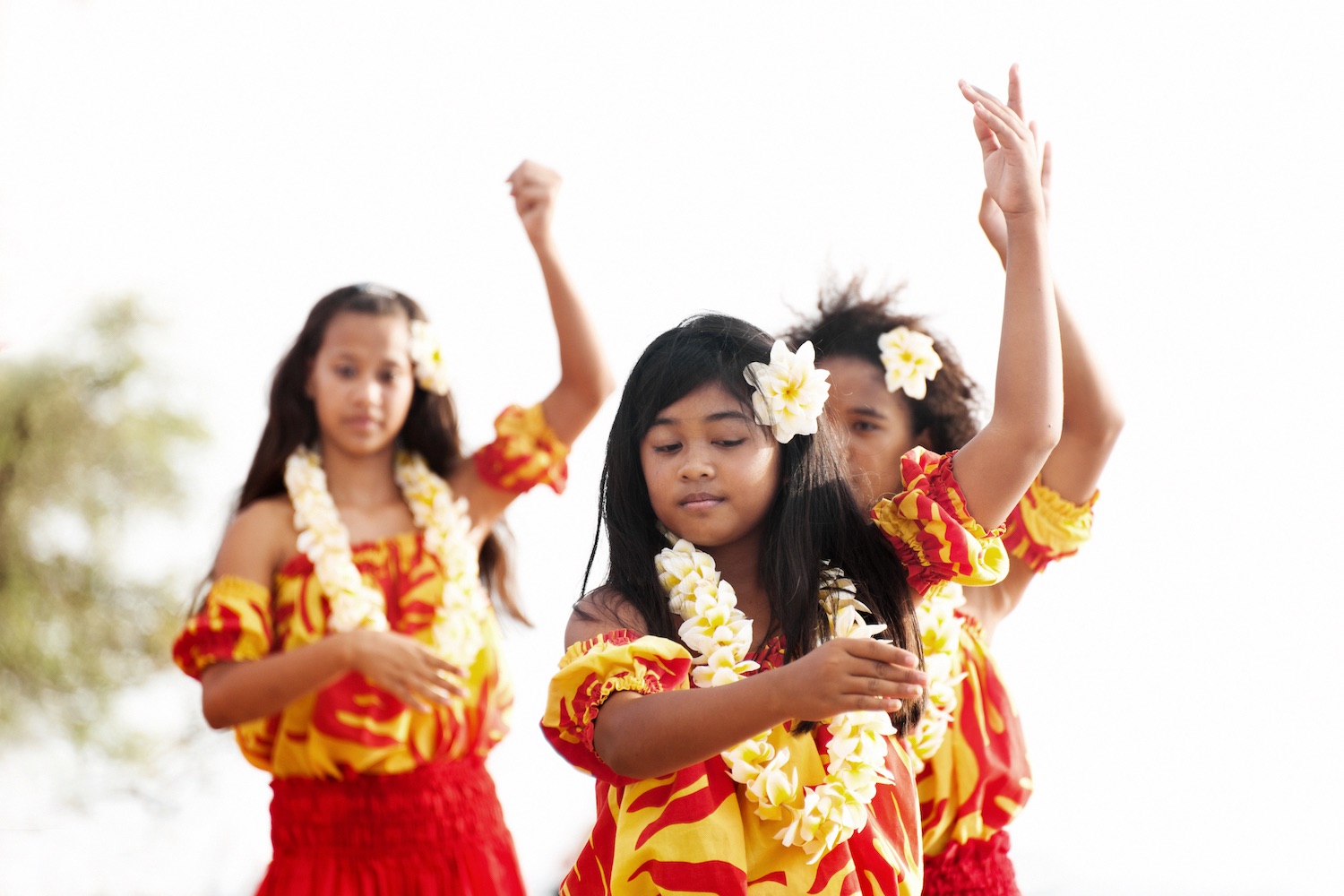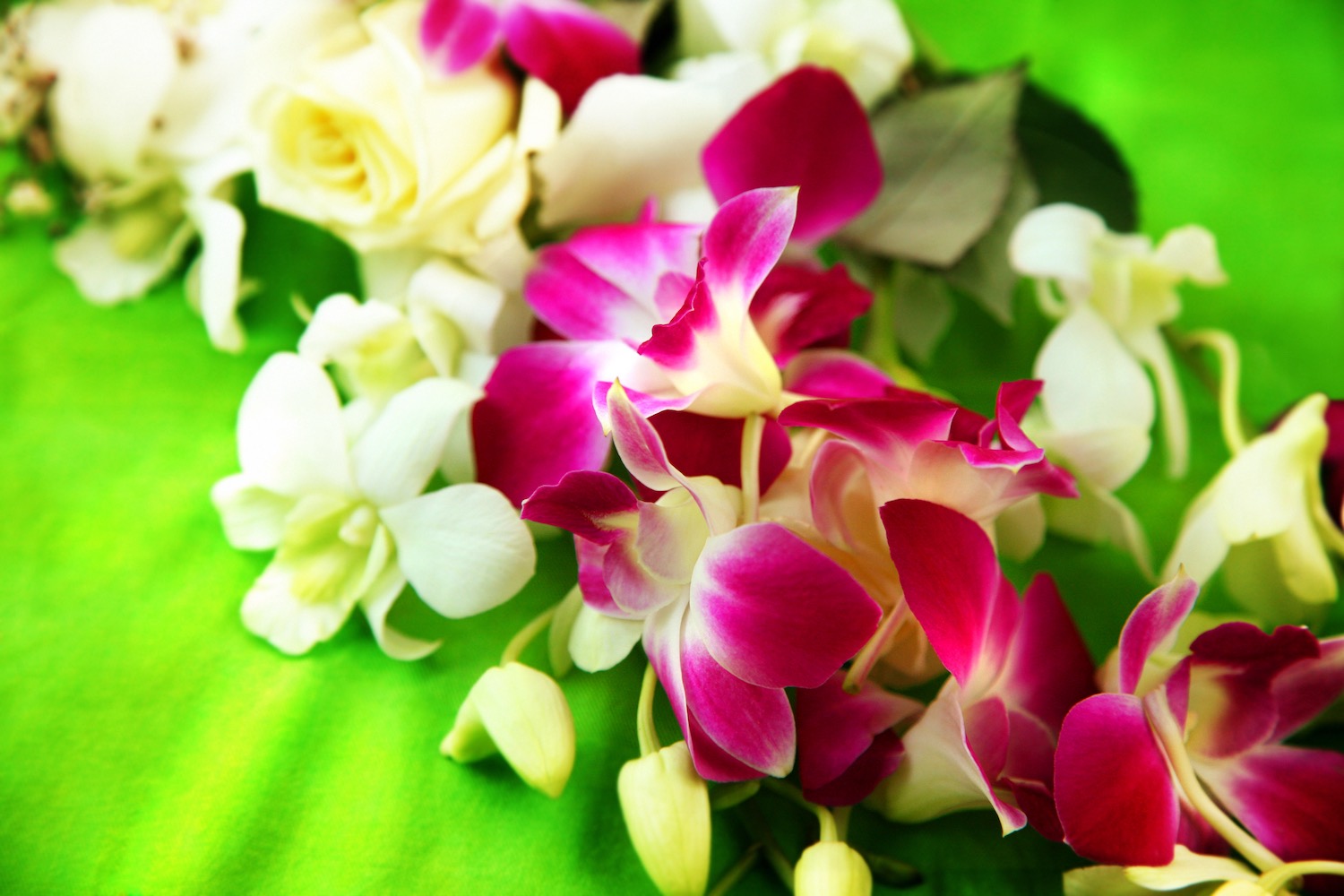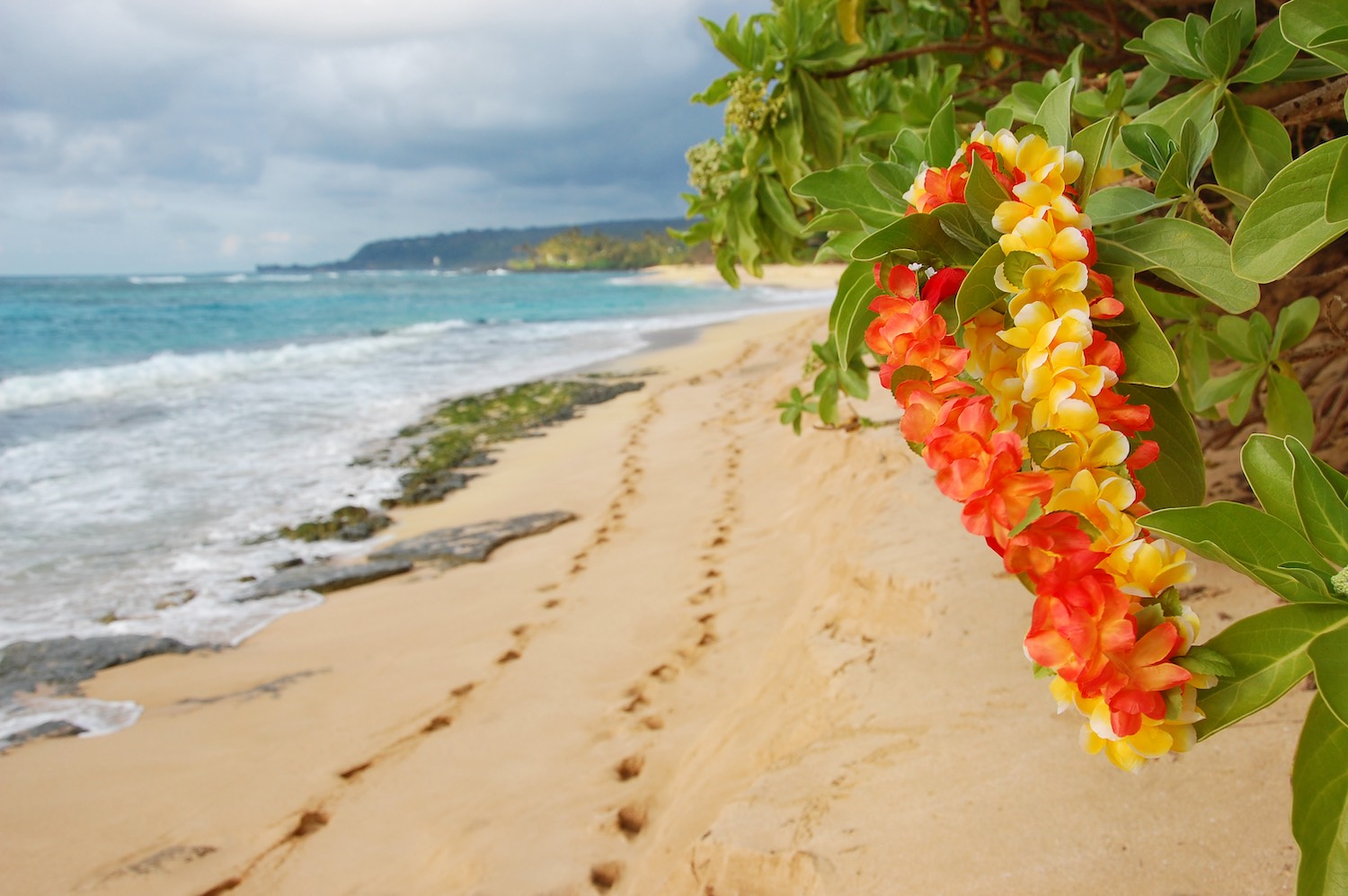The symbolic Hawaiian lei continues to provide a warm welcome to the visitors of Hawaii! As it is one of the most iconic symbols for all of the Hawaiian Islands, we love to share the lei's historical significance to our culture. Whether worn for a special occasion or simply used to say Aloha, the beauty of the lei is something to be enjoyed.

History of the Hawaiian Lei
The lei was first introduced to Hawaii by the early Polynesian voyagers who made the islands their home. These travelers brought the ancient tradition of wearing these floral garlands with them when they set sail from Tahiti and navigated the Pacific by the sun and stars. Traditionally, leis were gifted among ancient Hawaiians as a sign of honor and respect, given as a peace offering between opposing chiefs, and used as an adornment to express love and appreciation for nature's beauty.
Most often, leis are constructed of bright tropical flowers found on the islands such as plumeria, ginger and various orchids. However, it is commonplace to see leis made from a variety of other materials. Vines, shells, seeds, nuts, and feathers may all be seen in everyday leis as well as those used in formal ceremonies.

Different Types of Leis
There are many different types leis worn for a variety of occasions. Although you can Enjoy the beauty of a lei whenever you like, there are specific variations that are used throughout Hawaii.
Maile and Ilima Leis
Maile is one of the earliest materials used in leis. This long, pleasantly-scented vine is typically intertwined in an open-ended style. Oahu's official island flower, the ilima, is often woven into the vines to enhance the lei with bright colors.
Hala Lei
The Hala lei is made of orange and yellow fruits from the Hala tree. This lei traditionally appears at funerals to honor the deceased's passing from one world to another.
Royal Lei
The royal lei is often crafted from more long-lasting materials and is a symbol of privilege and power. Comprised of shells and feathers, this lei has its roots in the early traditions and culture of Hawaii.
Customs
During the "Boat Days" in the early 1900s, vendors lined up at piers to welcome visitors and locals. To this day, a warm welcome with a handmade lei draped around your neck is an iconic greeting in Hawaii. This symbol of Hawaii's welcoming culture fills visitors and returning locals alike with the true spirit of Aloha. As visitors depart the islands, it is customary to throw the lei back into the water. This act symbolizes the hope of returning to the islands one day.

Etiquette
Receiving a lei is a warm and welcoming gesture with customary rules for showing respect for the Hawaiian people and culture. To ensure you are displaying the proper respect for the tradition, follow these simple guidelines:
- Always accept a lei when it is offered
- Drape the lei gently over the shoulders, hanging down in both the front and the back
- Removing a lei from yourself while in the presence of the person that gave it to you is considered disrespectful
